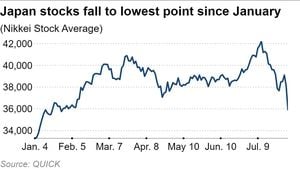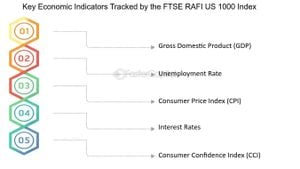The world of finance is constantly shifting, and recently, several notable price fluctuations have caught the attention of investors and analysts alike. These changes range from the boom of the CoW Protocol’s native token, COW, to significant declines in the cryptocurrency Cardano (ADA) and even the fluctuated prices of several imported fruits.
Recently, COW token price surged dramatically following the announcement of its listing on the South Korean exchange, Upbit. On February 25, Upbit revealed it would start trading COW at approximately 20:30 KST, allowing users to deposit the token at 19:30 KST. Almost immediately after the announcement, COW experienced a staggering 46% increase, reaching as high as $0.46 within minutes of the listing news. To put this surge in perspective, the previous day's closing price for COW was around 418 Korean won, or about $0.29, showcasing how volatile cryptocurrency markets can be. This addition to the Upbit platform sparked considerable interest, with COW trading volume soaring to $114 million over 24 hours—an increase of 568.60%. The CoW Protocol is known for its features like Maximal Extractable Value blockers and decentralized trading solutions for governance.
Meanwhile, Cardano's value has not fared as well. Once priced above $1 as of January 20, ADA has faced relentless selling pressure over the past weeks. The token struggled to breach key resistance levels, causing alarm among investors about the possibility of extended corrections. Specifically, ADA's price faced significant resistance at $1.23 and has struggled to recover since falling below the important support level of $0.70. Analysts note the formation of a descending channel, indicating bearish trends. If this descent continues, ADA may drop as low as $0.32—a stark decline for its holders.
Switching continents, the Vietnamese market tells another story. Chilean cherries, which were once seen as premium imports, are now available at significantly reduced prices. Reports indicate these cherries are currently listed for VND 90,000–100,000 ($3.50–$4) per kilogram for bulk purchases—down by 50% from pre-Tet levels. Local sellers attribute this price drop to oversupply and saturation in the market due to high import levels from Chile. Similarly, other imports like Son La strawberries have also seen price reductions. For example, their prices dropped to as low as VND 75,000 ($3) for small sizes, reflecting market forces at play.
Contrasting these declines, Yum China Holdings (NYSE:YUMC) provides an interesting counter-narrative. Identified as significantly undervalued by InvestingPro's Fair Value analysis, Yum China's stock jumped over 50% within six months following August's valuation. Despite initial weakness, the analysis concluded YUMC shares were worth far more than their trading price of $33.86 at the time. The subsequent rise of YUMC stocks aligns with improved revenue figures and positive earnings reports, which saw revenue grow from $11.04 billion to $11.3 billion. Notably, major investment banks like JPMorgan began issuing favorable recommendations, driving the stock even higher.
These individual cases of price fluctuations demonstrate not only the volatility of different market sectors—from cryptocurrencies to imported goods—but also the interdependent nature of global markets. Each fluctuation tells its own story, reflected by consumer confidence, trading activity, and market trends. Whether investors are responding to sudden highs of coins like COW or enduring downturns with assets like ADA, the lessons learned from these fluctuations serve to highlight the myriad factors influencing market behaviors.
Overall, the dynamic shifts across various sectors remind traders and investors to stay alert, challenging them to continually adapt their strategies to the ever-evolving markets of today.



